# 80c
12 posts in `80c` tag
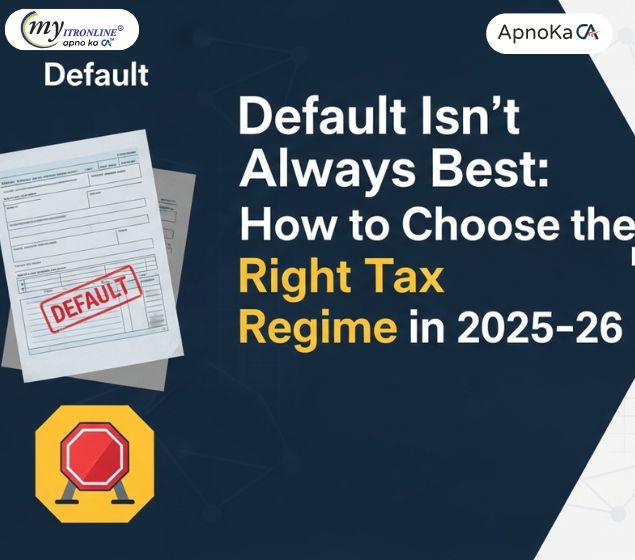
Default Isn’t Always Best: How to Choose the Right Tax Regime in 2025–26
India's income tax system has undergone a major shift for FY 2025–26, with the New Tax Regime now set as the default. This blog breaks down the differences between the New and Old Regimes, compares tax slabs, and helps taxpayers decide which option suits them best. Whether you're a young professional or a seasoned investor, understanding these changes is key to smarter tax planning.
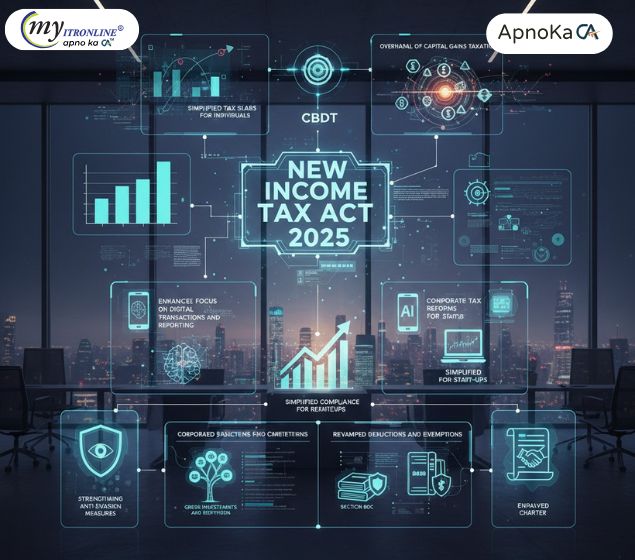
New Income Tax Act 2025: Key Updates from the CBDT
The Central Board of Direct Taxes (CBDT) has announced a significant overhaul of the Income Tax Act, effective from assessment year 2025-26. This blog details the crucial changes, including simplified individual tax slabs, revised capital gains taxation, a stronger focus on digital transactions, corporate tax reforms, revamped deductions and exemptions, enhanced anti-evasion measures, and the introduction of a Taxpayer Charter. Understanding these updates is vital for both individuals and corporations to ensure compliance and optimize financial planning under the new regime.
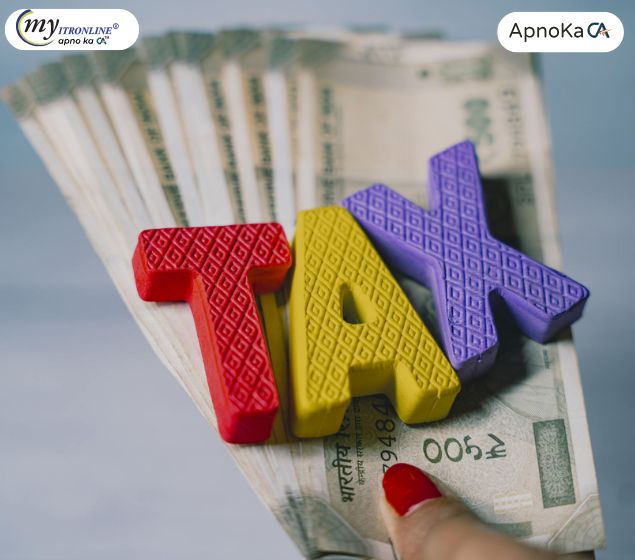
Old Tax Regime Benefits: Essential Deductions (80E, 80G, 80TTA, 80TTB) Beyond 80C
This blog post delves into crucial tax-saving sections beyond the popular 80C, specifically detailing Sections 80E (education loan interest), 80G (donations), 80TTA (savings interest for non-seniors), and 80TTB (interest on deposits for senior citizens). It explains who can claim these, their limits, and, most importantly, their non-applicability under the New Tax Regime for FY 2024-25. The post encourages taxpayers to compare regimes carefully and highlights myitronline's services for expert assistance.

New Rules for ITR-1 & ITR-4: Your AY 2025-26 Guide (Old Tax System)
This comprehensive blog post outlines the significant changes introduced by the Income Tax Department for Assessment Year 2025-26 (FY 2024-25) concerning ITR-1 (Sahaj) and ITR-4 (Sugam) under the Old Tax Regime. It details the newly mandated annexures for claiming various deductions, including HRA, Section 80C, 80D, 80DD, 80DDB, 80E, 80EE, and 80EEB. Readers will find crucial information on the new required fields for each section, key points to remember for seamless e-filing, common validation errors to avoid, and important deadlines. The post emphasizes the importance of accurate data submission and retaining supporting documents to ensure tax compliance.

India's Senior Tax Relief: Simplify Your Retirement Finances
This blog details the simplified tax relief measures, exemptions, and deductions for senior and super senior citizens in India, as outlined by the Income Tax Department. It covers key aspects of the Old and New Tax Regimes, specific deductions for pension and interest income, medical expenses, and relaxed ITR filing norms for Assessment Years 2025-26 and 2026-27, empowering retirees for better financial management.
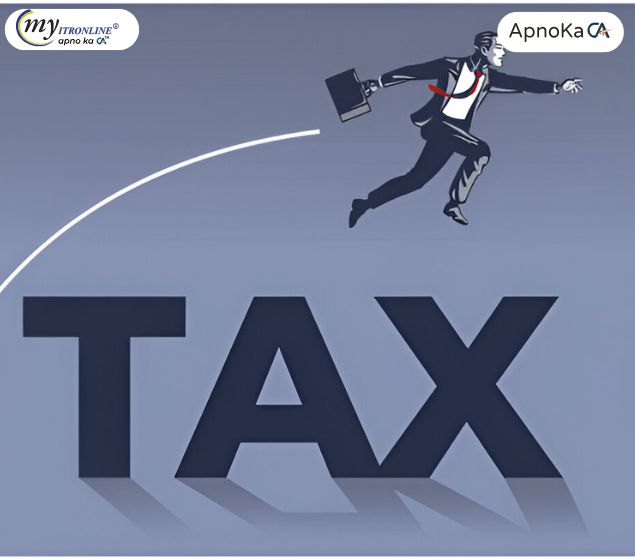
Rectify Your ITR: Claim Forgotten Section 80C Deductions and Avoid Penalties
This blog post provides a comprehensive guide for taxpayers who have missed claiming eligible deductions under Section 80C of the Income Tax Act, 1961, in their original Income Tax Return (ITR). It explains the importance of Section 80C, the concept of a Revised ITR, and offers a detailed step-by-step process for filing a revised return online. The article also emphasizes the significance of adhering to deadlines to avoid penalties and provides essential tips for a smooth filing experience, ensuring taxpayers can reclaim their rightful tax benefits

Double Your Benefits: Utilize Sections 80C & 80D Simultaneously to Enhance Your Tax Savings
This blog explores how Indian taxpayers can maximise their income tax savings by leveraging both Section 80C and Section 80D of the Income Tax Act. While Section 80C focuses on investments and expenses like PPF, ELSS, and home loan principal repayment, Section 80D offers deductions on health insurance premiums and preventive health check-ups. By using these sections together, taxpayers can claim deductions up to ₹2,00,000 annually. The blog explains eligibility, deduction limits, strategic planning tips, and helps readers choose between the old and new tax regimes for optimal tax benefits.
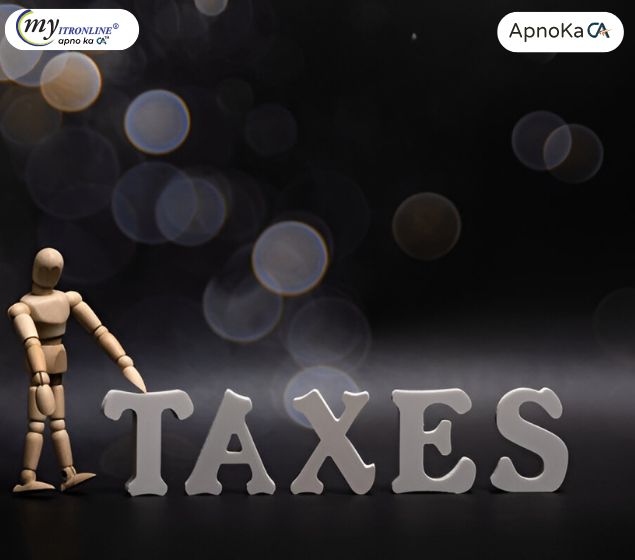
Maximize Tax Savings: How to Claim Both 80C & 80CCD Deductions (AY 2025-26)
This guide explains how taxpayers can claim deductions under both Section 80C and Section 80CCD (NPS) of the Income Tax Act for AY 2025-26. It details the limits and interaction of 80C, 80CCD(1), 80CCD(1B - additional ₹50k), and 80CCD(2 - employer contribution). The post clarifies that combining these benefits (up to ₹2 Lakh + employer contribution) is possible under the Old Tax Regime, while only 80CCD(2) is available under the New Tax Regime. An example illustrates maximizing deductions under the Old Regime.

Your FY 2024-25 Investments & Their Impact on AY 2025-26 Tax Return
Your FY 2024-25 investments directly impact your AY 2025-26 tax return. This guide covers tax-saving deductions (80C, 80D), taxable income (interest, dividends), capital gains reporting, and regime selection (old vs new). Ensure accurate filing with proper documentation.
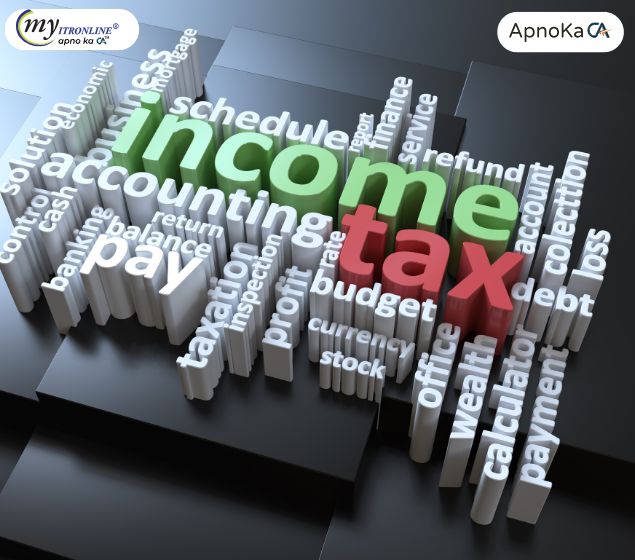
Exciting Update for NSS Investors! The Section 194EE Exemption Renders 80CCA Withdrawals Free from Tax.
Recent updates clarify that NSS withdrawals associated with Section 80CCA deductions are exempt from TDS under Section 194EE. Investors can receive the complete principal amount without tax, with only the interest being subject to taxation.
.jpg)
Act Now! 5 Tax-Saving Strategies to Beat the March 31 Deadline
The tax-saving investment deadline of March 31 draws near. To maximize your savings and lower your tax burden for FY 2023–2024, you should put these five tax-saving methods into practice before the deadline. Discover how to maximize your tax-saving options, from collecting health insurance and home loan advantages to optimizing Section 80C investments.
.jpg)
Old vs New Tax Regime in India: A Comprehensive Comparison
Understand the key differences between the Old and New Tax Regimes in India. This blog provides a detailed comparison of tax slabs, exemptions, deductions, and practical examples to help you decide which regime is better for your income level.
